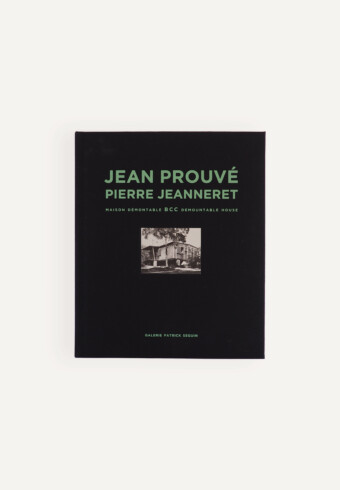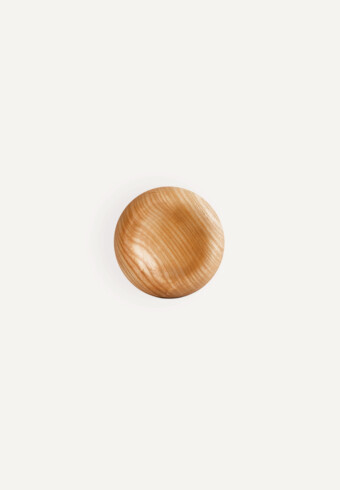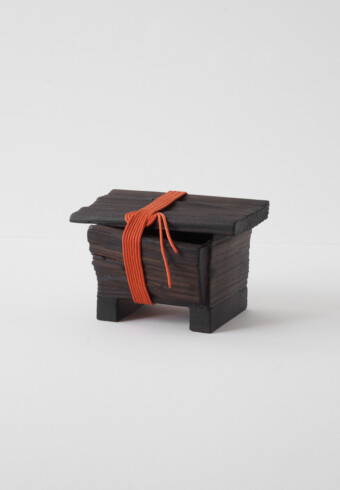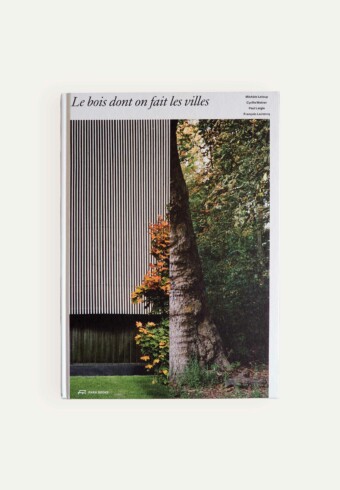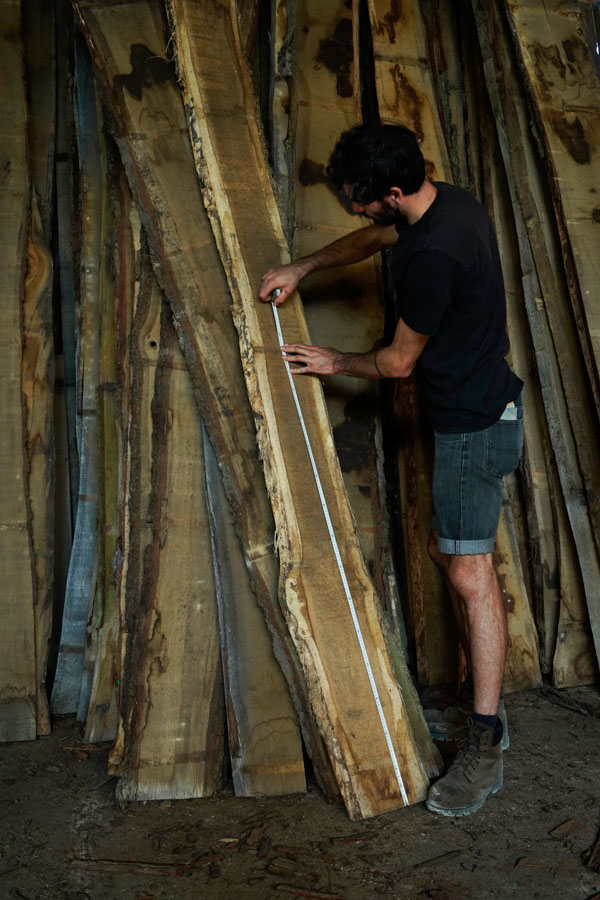
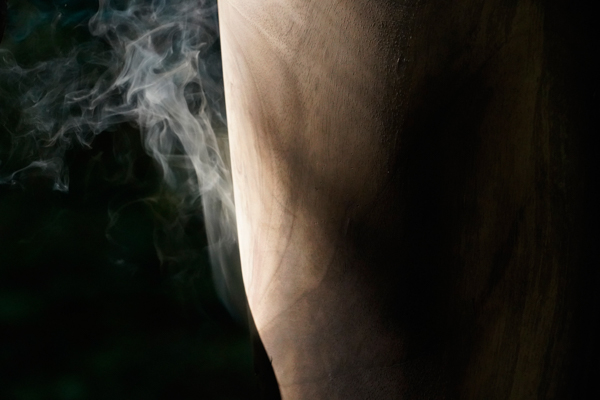
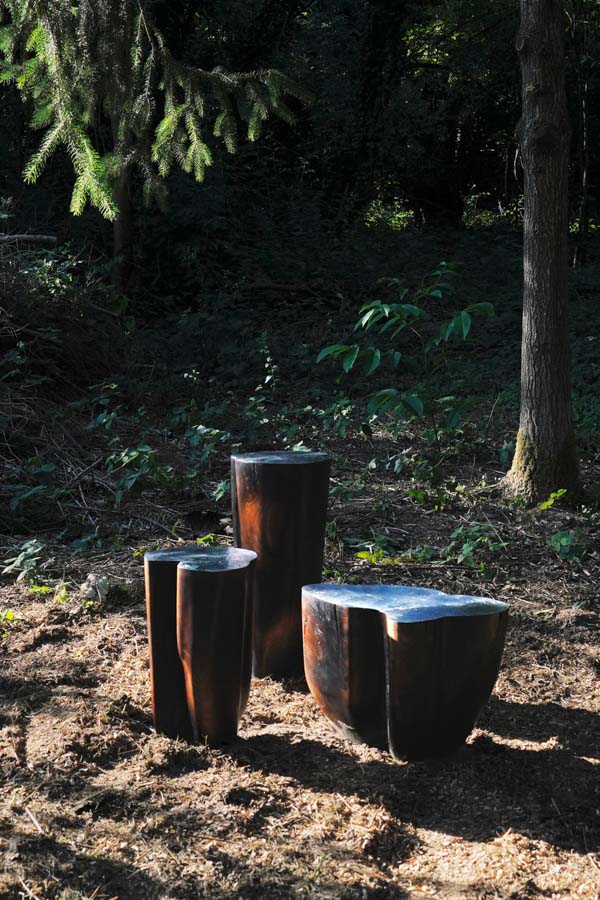
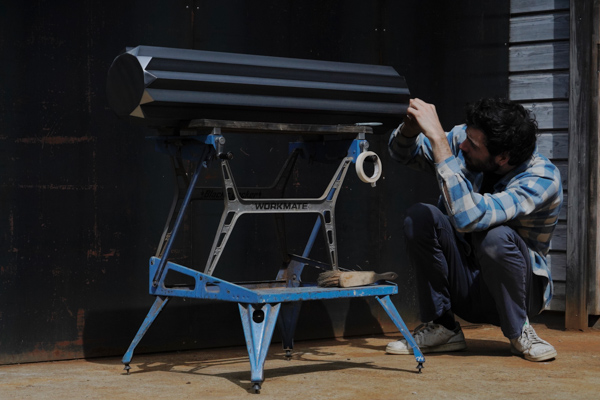
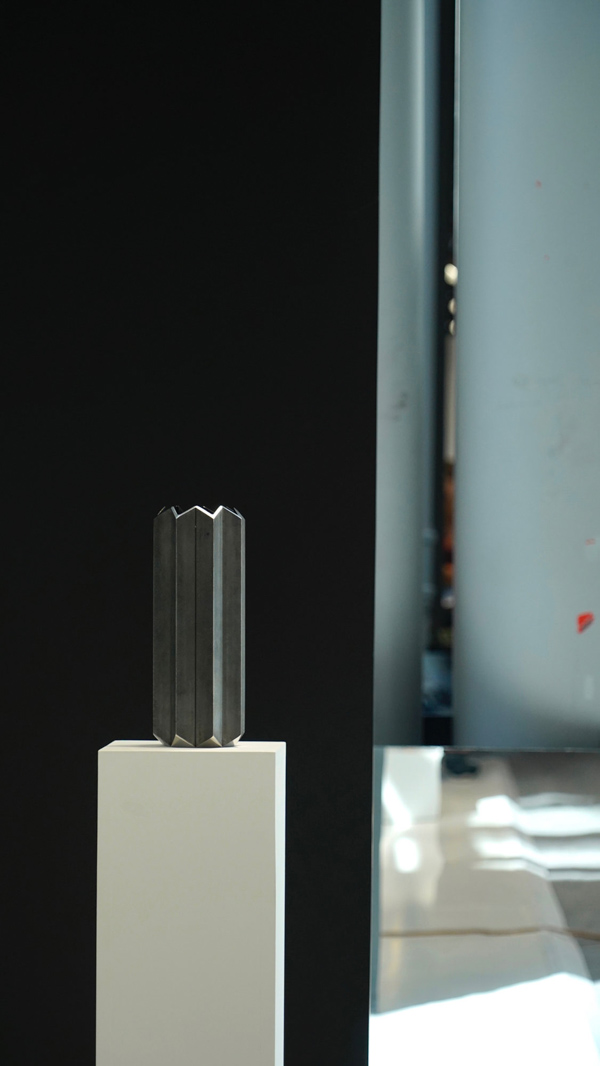
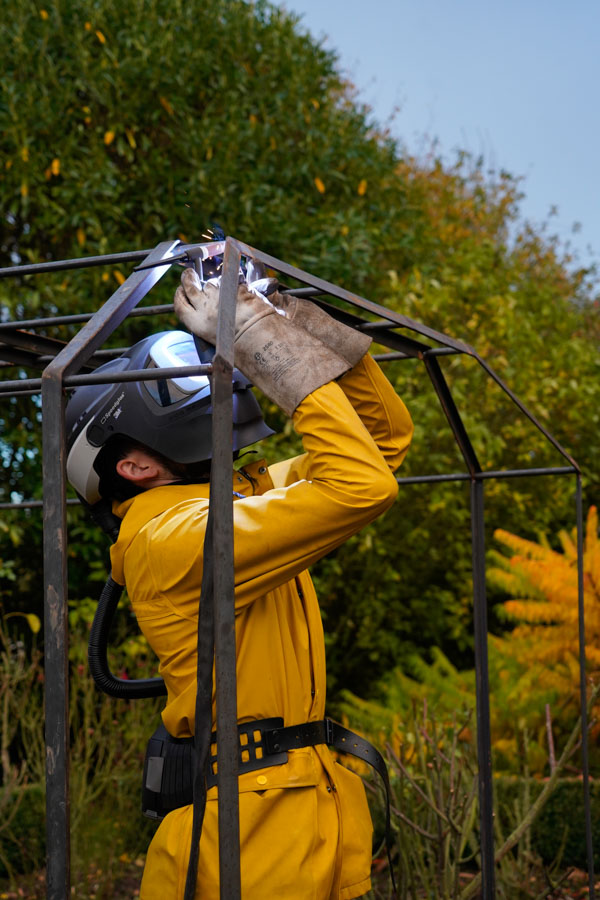
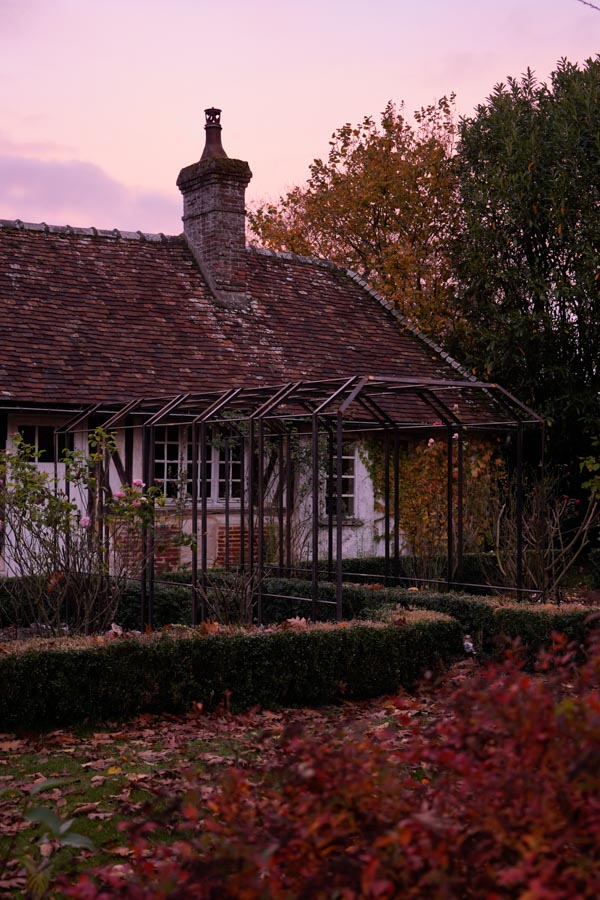
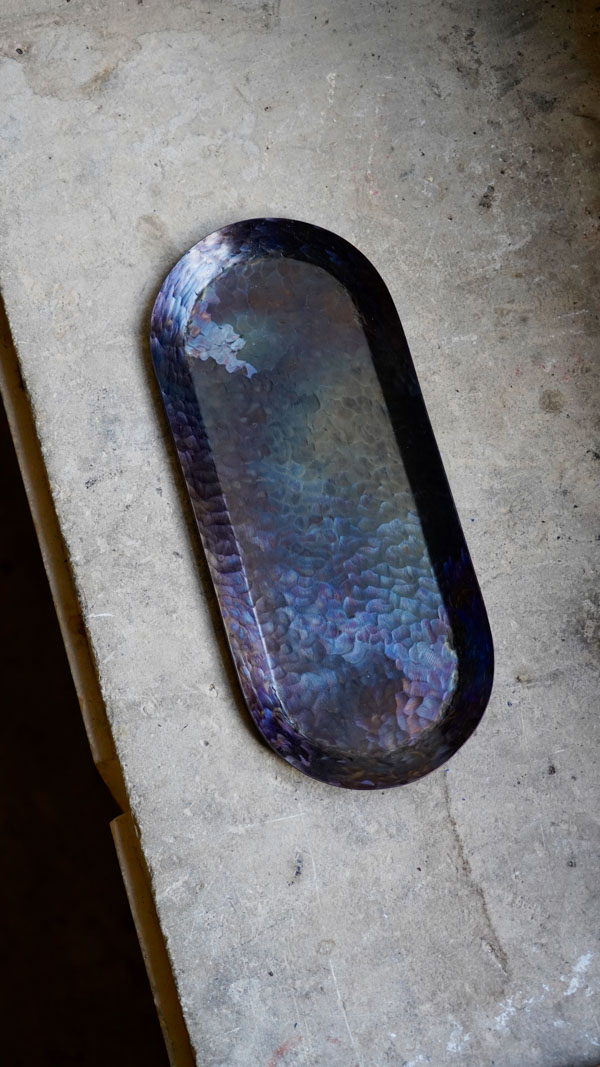
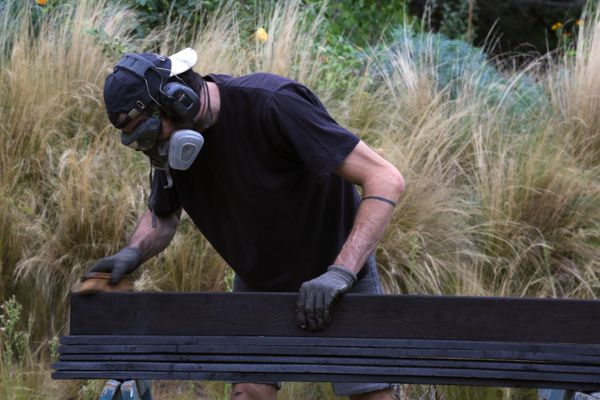
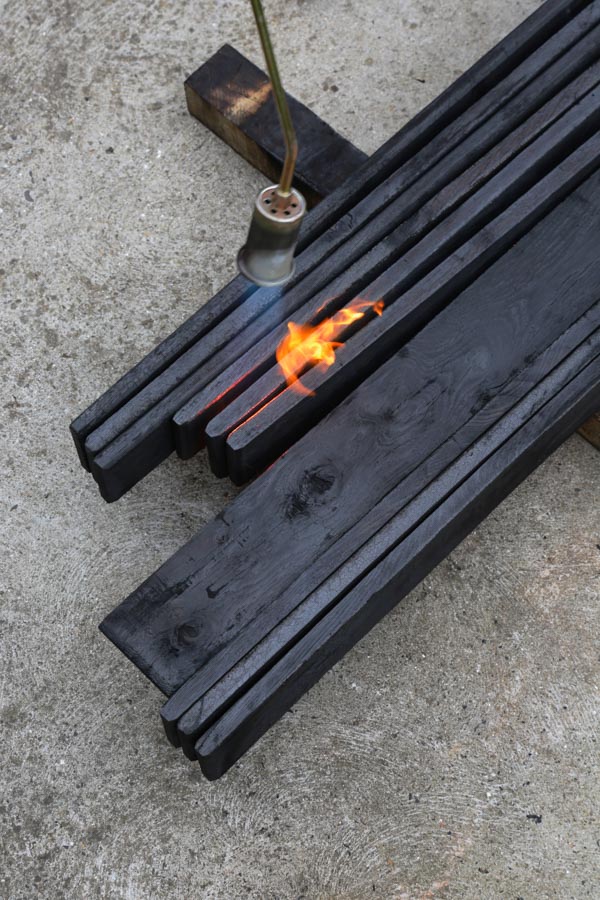
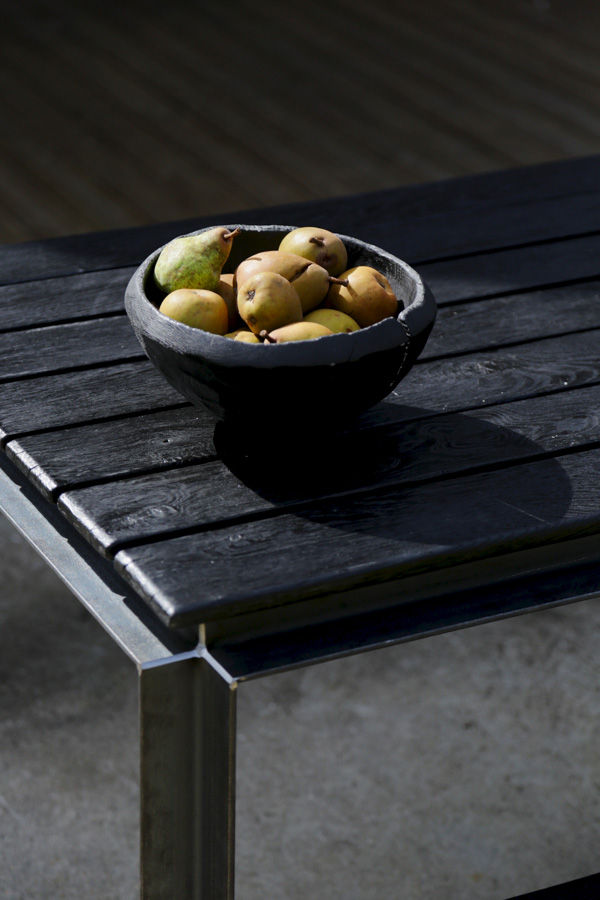

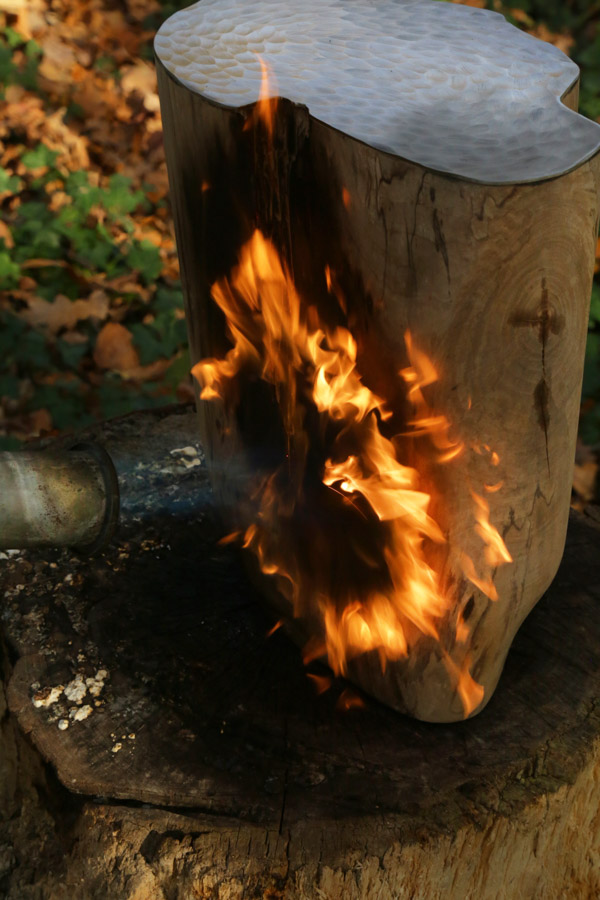
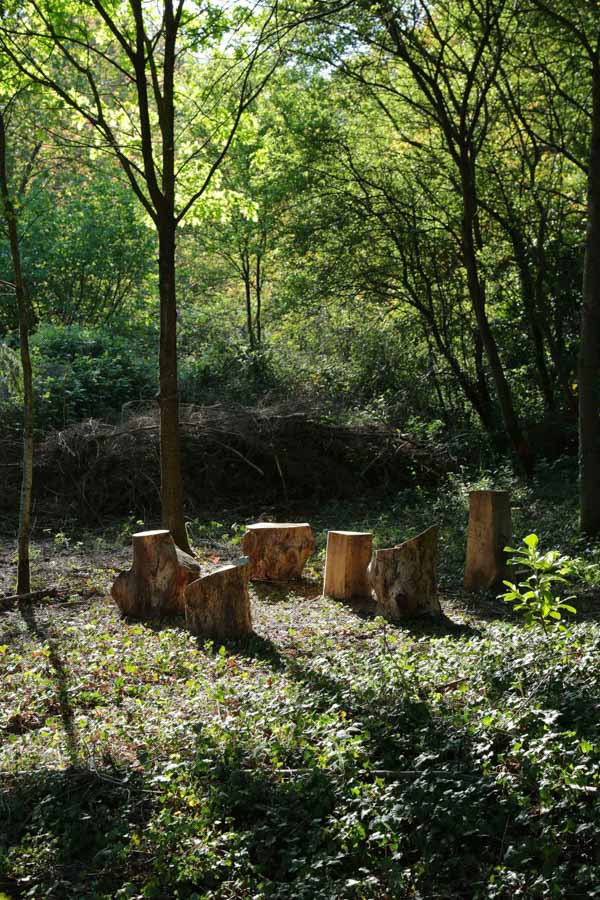
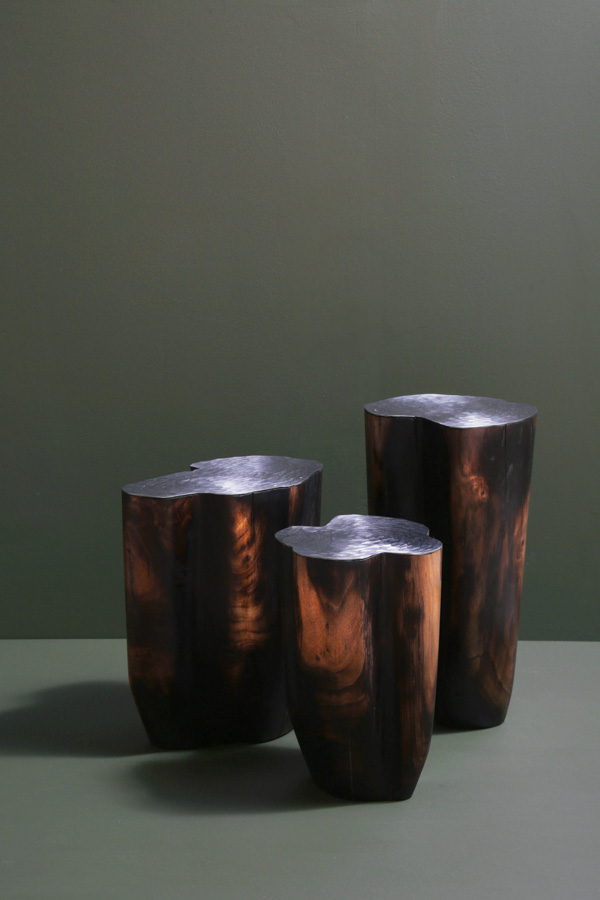
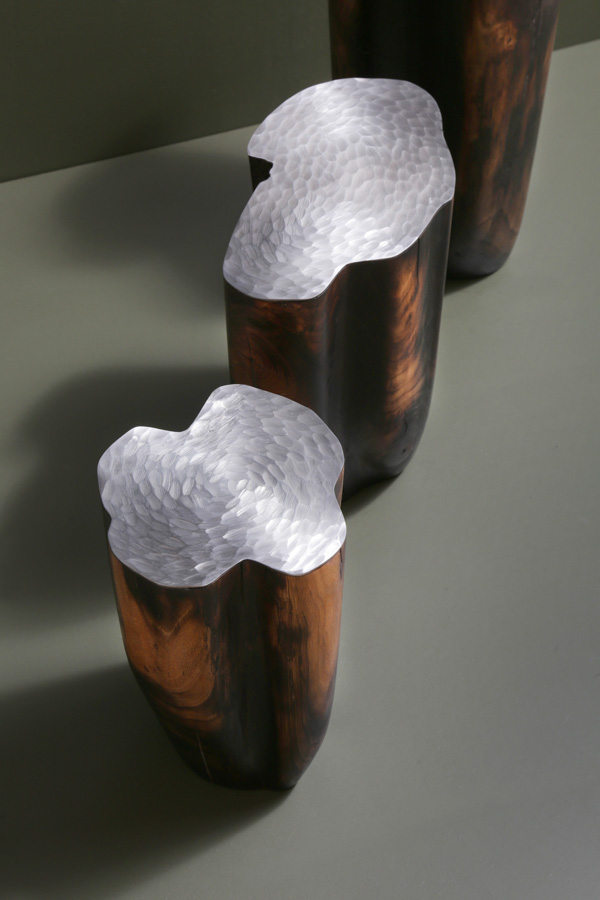
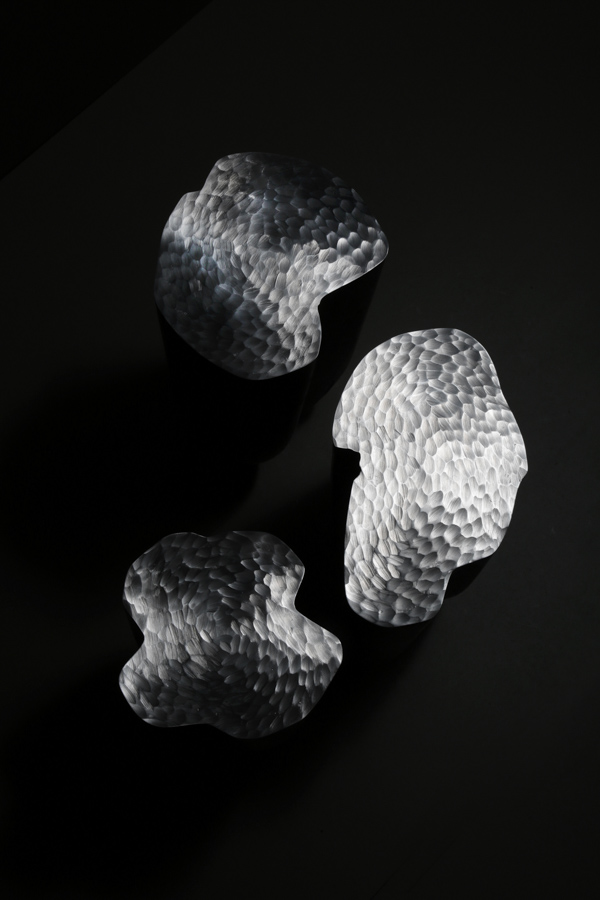
Jules Lobgeois

Halfway between designer and craftsman, Jules is in a constant search for purity of form by shaping pieces, between functional objects and sculptures. Whether it is wood or steel, he apprehends the material in such a way as to sublimate it, offering them as a rebirth. Exchange.
What is your background?
As a child I dreamed of being a car designer, so after my baccalaureate I joined Ensaama Olivier de Serres in Paris. After spending three years there, I continued my studies at DSAA LAAB in Rennes, a very good school which helped me to better understand what I wanted to go towards. Finally, it was by working in contact with different craftsmen that I really realized that I did not want to be an industrial designer. I wanted to "do with my hands". During my visit to the Banneel workshop where I followed the restoration of a structure by Jean Prouvé, I approached steel for the first time and then I never let go. My taste for wood sculpture came to me a little later when I came into contact with the Belgian artist and sculptor Kaspar Hamacher. Following these experiences, it was in 2018 that I set up my workshop in the south of the Oise, in the village where my ancestors lived.
Since then, my work has been exhibited during Design Week (Paris, 2018), at the Grand Bassin during the Ateliers d'Art de France competition (Roubaix, 2019), at the Cumulables exhibition (Paris 3, 2019), at Maison & Objet (Villepinte 2019), at Collectible with the Modern Shapes Gallery (Brussels, 2020) and most recently at the Biennale Émergences 2020 at the Center National de la Danse in Pantin. My creations are part of the collections of the St. Vincents gallery in Antwerp, where they are exhibited throughout the year.
Can you tell us about your experience with the Belgian artist and woodcarver Kaspar Hamacher?
It was through contact with Kaspar that I learned to work with solid wood, I learned the technique but also the appreciation of volumes. Kaspar gave me free access to the workshop, that's where I started to assert my own visual language by making my first pieces in the evenings and weekends. During this period I also became aware that producing his pieces by oneself could be viable and that it was necessary "only" to get started and above all to believe in it. Kaspar is a very generous person, I owe him a lot.
Wood and steel seem to be your favorite materials. Do you find any similarities in the work of these two subjects?
Wood and metal are actually both materials that I love, however they don't have much in common. One is cold and very often requires machines to be implemented, the other is hot, softer and can be worked by hand. But in the objects that I create I try to communicate these two materials that everything opposes at first glance.
You live in a small village in the south of the Oise. How has life in a rural and artisanal environment influenced your vision of design?
My workshop is located near large forests, several sawmills and an old steelworks, I think that this proximity which makes these materials available led me very naturally to use them. Being away from big cities allows me to think and produce my pieces serenely. I work alone, very often outside in the undergrowth behind the workshop.
By its proximity, the forest is therefore a source of inspiration and supply for you. Can you tell us about these excursions?
I spend a lot of time in the forests, I travel through them first for the pleasure of exploring them and finding some wild life. It's a privilege to be able to be far from it all at dusk. I am convinced that these moments and these atmospheres nourish my visual culture and unconsciously enrich the plasticity of my objects.
What do you look for in the pieces you shape?
I do things intuitively. But I think I'm trying to shape objects whose light is almost inherent to them. I am fascinated by chiaroscuro and it is through forms and counter-forms, facets, hollows, shine and play of shadows that I sculpt each of my objects in detail. My father is a photographer, I grew up with tools, which intensify light contrasts, and images whose volumes found their existence through light.
Could you present us the 3 pieces specially designed for the OROS Market?
The three pieces designed for the OROS Market were made from the largest branches of an old walnut tree that stood behind my workshop. When it was cut two years ago I kept some still usable parts as a souvenir. By peeling them and removing the sapwood I began to expose the heartwood. This is the internal part of the wood, its hard core as steel corresponds to the oldest growth zones formed by the tree. I carved the wood by letting my tools go according to the hardness of the wood and my imagination. These pieces which I then protected with beeswax and a steel plate represent in a way the “visual soul of the tree”.
How do you see your practice evolving in the coming years?
In a few years I would like to move to a bigger workshop so that I can work on bigger projects and maybe use other materials like stone.
















- Photographer: Eugénie Touzé
- Location: Oise, France
- Website: https://juleslobgeois.com
Share
